Audiology to Extend a Musicians’ Career | October 2018 Hearing Review
A composer explains his work process, equipment, and methods for creating music
Composing music when you have a severe hearing loss can be a real challenge. For example, one has to listen with high acuity to the musical tracks using headphones or in-ear monitors that, by nature, make hearing aid use very difficult or impossible. Here are some insights from an accomplished composer who has devised several solutions for the creation of great music.
Through intensive training and practice, music composers like myself develop what’s called an “inner ear”: the facility to imagine what music sounds like—its rhythms, its harmonies, and instrumental colors—without needing to hear any sound. In fact, some composers write entirely in their head, scribbling notes on paper while taking long walks in the country, confident that their music will sound exactly as intended. Beethoven could do this in spades and wrote amazing music despite increasingly severe hearing difficulties.
While I have a pretty good musical imagination and also a very serious hearing loss, I’m not Beethoven; not by a long shot! Because I still need to hear at least some sound in order to compose, I had to get creative so I could continue to work as my hearing worsened.
My left ear has a moderate-severe mixed hearing loss. Although pitch discrimination and frequency range is quite good in that ear, everything is nearly inaudible without amplification. By contrast, I have extremely abnormal loudness growth and poor frequency discrimination in my right ear, which experienced sudden sensorineural hearing loss. In this ear, even the simplest melody is completely unrecognizable. As for speech, imagine a screaming robot from a bad science fiction movie; I have nearly zero speech comprehension in that ear.
For the past 8 years, I’ve worn hearing aids which help me understand speech quite well. Because the so-called “music programs” in hearing aids do not work well for me, I use different audio technologies for composing.
The Process of Composing When You Have a Severe Hearing Loss
Like many creative musicians today, I work on a computer. An electronic music keyboard is hooked up via USB to a laptop or desktop computer running a sophisticated music composing/recording program called a digital audio workstation (DAW). The audio output of the computer can be connected either to a system with external speakers or headphones (Figure 1).
All music heard today on the radio, television, in video games, or in films is created, recorded, and/or produced in DAWs (Figure 2). Nearly any sound imaginable can be played via the electronic keyboard and recorded into the DAW. Like the musical version of a word processor, DAWs display the performance as time and frequency information on a simple grid which can be edited in many different ways. Individual musical tracks can also be recorded in synchrony and layered into astonishingly realistic recordings. What sounds like a large, virtuosic symphony orchestra may very well be merely one lone composer playing all the parts into a DAW.
When composing, I need to listen not only emotionally but analytically, and with considerable precision. Even when my hearing was excellent, I demanded extremely high sound quality from my music studio and bought excellent near-field monitors. These are specialized loudspeakers that, in order to minimize room ambience, are placed about a meter from the listener on opposite sides of the computer workscreen.
Today, however, my hearing loss causes even the slightest amount of room ambience to make music sound too muddy. Also, the distorted, excessively loud sound produced by my severely damaged right ear tends to mask the much cleaner and softer sound in my left. Turning off the right loudspeaker doesn’t help because my right ear can still hear the left speaker.
The solution I came up with was to stop listening over loudspeakers entirely and use high-quality earphones. There is no added room ambience, I can turn the volume up to levels that are comfortable for me, and I can also adjust the left/right volume in my DAW so that my right ear receives little to no sound.
Despite my hearing loss, I still benefit from high-quality audio technology. While Bluetooth delays are too long to make wireless earphones acceptable for composing, I use many different wired earphone styles in my workflow. When working on a new piece, I often use in-ear monitors (IEM), as shown in Figure 3. These are specially designed for professional musicians to wear on stage during amplified performances. They provide both personalized sound and hearing protection. There are different design philosophies for IEMs; however, for users, the specific architecture is less important than individual sound quality preferences. IEMs can be worn with either conventional ear tips, or, for maximum comfort during long composing sessions, custom-made earmolds (requiring a trip to the audiologist for a fitting). Another option I sometimes use is the Audeze LCDi4, a pair of high end, in-ear earphones made for audiophiles.
If the ears are too sore to wear IEMs, good, fairly light, over-the-ear headphones such as the Beyerdynamic DT 770 Pro 32 will do the trick. Impedance matching between the equipment amplifier and the earphones used is important. In my studio, all headphone outputs are low impedance, so earphones with 32 ohm impedance or lower provide ample gain.
Once I’m done with my composing, I usually prepare a demo recording for rehearsal purposes. This entails mixing (balancing) together all the different musical instruments in a pleasing way. For this task, as well as for mixing all-electronic music and live performances, I use the audiophile-grade Audeze LCD-MX4 over-the-ears (Figure 4). Used increasingly in professional applications, these have an open-fit design, an exceptionally flat frequency response, and extremely low distortion.
While wearing in-ear earphones, it’s physically impossible to wear hearing aids. And when wearing over-the-ear headphones, I also prefer to take my hearing aids out. Fortunately, my DAW includes compressors and equalizers which enable me to adequately tailor the sound to music listening.
To improve speech perception for someone with my level of hearing loss, I require a professional hearing fitting by an audiologist. However, in music, because both the dynamic range and frequency response of music is significantly wider, a “less-is-more” approach seems to work better. A little bit of signal processing goes a long way.
Because advanced audiological fitting tools such as Wide Dynamic Range Compression (WDRC) are, as far as I know, not readily available in music-oriented DAWs, I simply boost the high frequencies a bit using the DAW’s equalizer and use a simple full-band limiter to constrain the dynamic range. The adjustments are performed ad hoc and changed as needed when the music I’m working on requires it. This simple processing chain is applied to the final output stage of the DAW and not to individual tracks (Figure 5); all instruments are compressed and equalized identically.
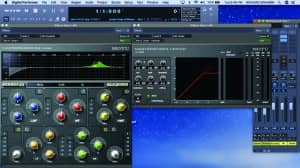
Figure 5. Ad hoc hearing compensation is applied to the final output stage of the DAW and not to individual tracks; all instruments are compressed and equalized identically.
When the piece is finished, I usually remove the “hearing loss compensation” and mix from scratch, applying signal processing to individual tracks (if needed) and also to the overall mix in accordance with standard professional mixing practices. If I’m having trouble, I’ll reinstate the compensation but make sure it’s not part of the final mix. These mixes are fine for their intended purpose as rehearsal or demo recordings. When I release something commercially as a CD or a MP3 download, I either ask friends who are engineers to double-check my balances or hire a professional recording studio and engineer that I trust.
Recommendations for a “Musicians’ Package”
I would like to see a “hearing aid” module for my DAW. This would be placed on the final output stage where my ad hoc “hearing loss compensation” currently resides. The composer would enter his/her audiogram, and a music-optimized hearing fitting is generated. The mix could then be heard with sound optimized for the user’s hearing. An advanced mode of the module—similar to audiologist’s hearing aid fitting software—would enable power users to tweak the settings.
More ideally, I’d like to see high-quality sound reproduction on my hearing aids for wireless music and audio streaming. This mode would feature a flat frequency response similar to good consumer earphones, low distortion, and hearing loss compensation optimized for music that is somewhat user adjustable via an app. This would enable me to use my hearing aids instead of earphones. While feasible, it would require a wireless audio protocol with far less delay than present-day Bluetooth can currently deliver.
I have several hearing problems that cannot be addressed by present-day technology. Musical sound has a spatial dimension that is essentially lost to me because of the severe damage to my right ear. I simply have to imagine what my music will sound like to normal-hearing listeners in an actual space. Also, there is no way to compensate for the extreme pitch and volume distortions my right ear produces. Basically, I try to listen around them and am usually able to do so.
Composers are, by definition, resourceful and creative people. For many of us with hearing loss, if we combine our ability to vividly imagine musical textures with a determination to accept our hearing limitations, we can continue to compose as well as our talents will permit.
Even if we are not Beethoven.
About the Author:
Richard Einhorn is a composer, former record producer, and hearing loss advocate and consultant. He is the Vice Chair of the Board of Trustees at the Hearing Loss Association of America and writes regularly on hearing loss technology from a user’s perspective.
Correspondence can be addressed to Richard Einhorn at: [email protected]
Citation for this article: Einhorn R. Composing with hearing loss. Hearing Review. 2018;25(10)[Oct]:18-20.
INDEX TO “Audiology to Extend a Musicians’ Career” special October 2018 edition of The Hearing Review:
Loss Plus Correction Equals Baseline, by Charles Mokotoff
Keeping it Simple, by Larry Revit, MA
Rebuilding My Musical Self, by Stu Nunnery
Notes from an Early-Deafened Musician, by Wendy Cheng
How to Use a Bluetooth Streaming Device in Music Performance and Recording at Home, by Rick Ledbetter
OTC: Let’s Get on the Same Page!, by Karl E. Strom

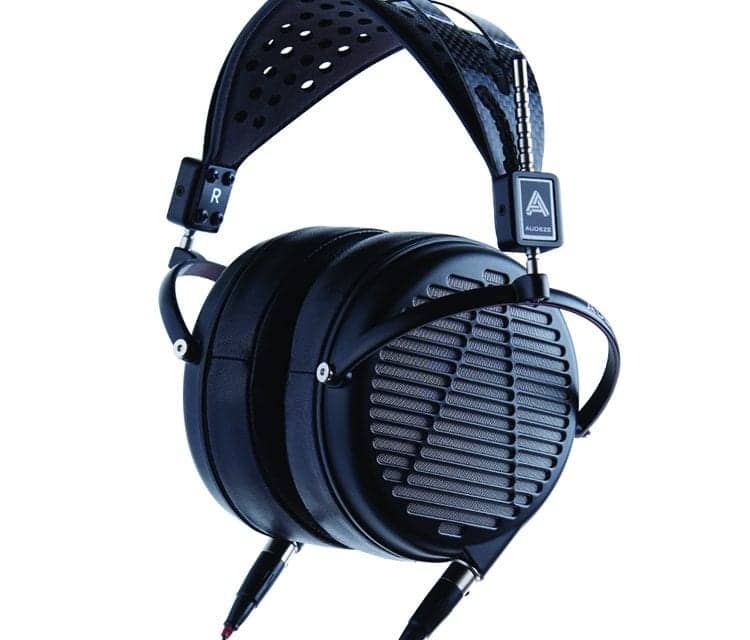
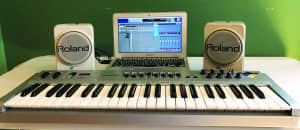
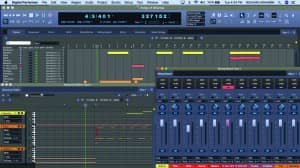
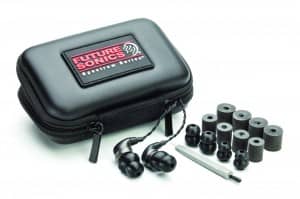
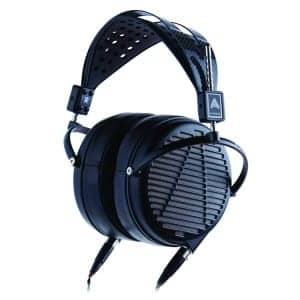
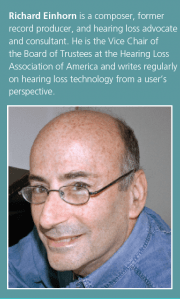
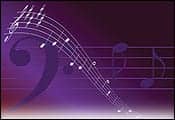
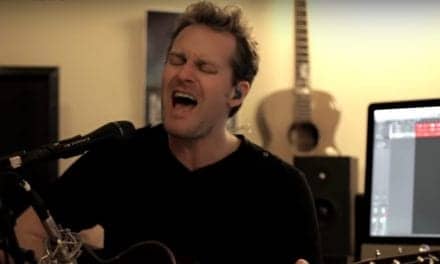
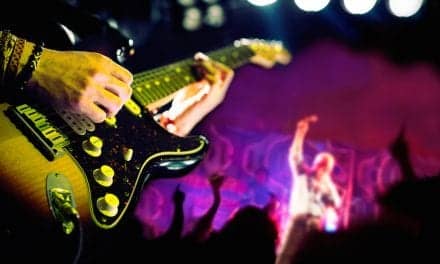

Thanks for the information keep it up guys